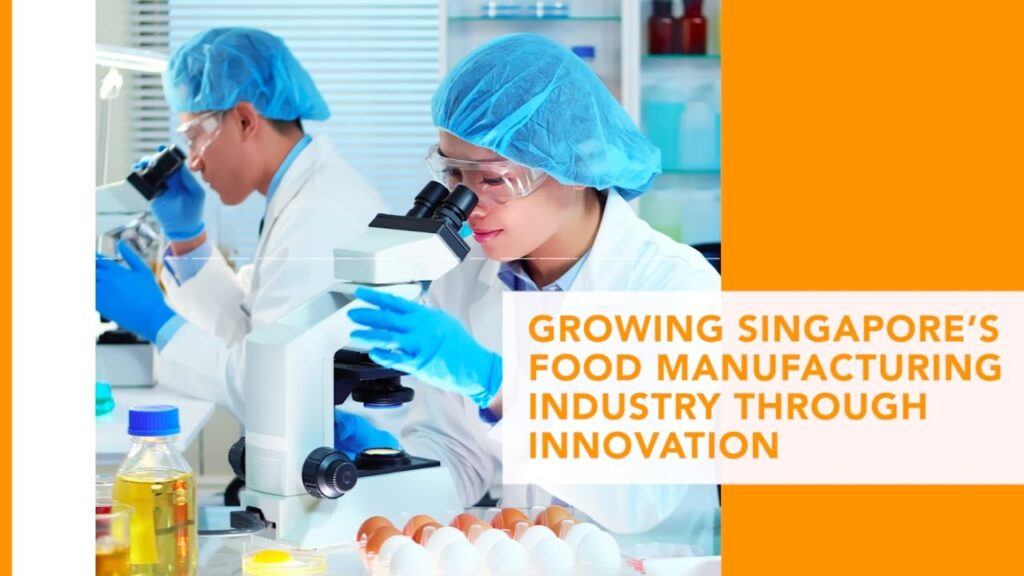The food manufacturing landscape is undergoing a technological revolution, and automation is at its forefront. In Singapore, where precision and efficiency are paramount, leveraging automation in your food factory can elevate production processes, reduce costs, and enhance overall competitiveness.
Understanding Automation in Food Manufacturing
The Role of Automation: Enhancing Efficiency and Precision
Automation in food manufacturing involves the use of technology and machinery to perform tasks traditionally carried out by human operators. From ingredient handling to packaging, automation streamlines processes, minimizes human error, and increases overall efficiency. In the context of a Singaporean food factory, where space is often at a premium and labor costs are relatively high, automation becomes a strategic investment for long-term success.
Applications in Singaporean Food Factories: From Production to Packaging
The applications of automation in Singaporean food factories are diverse and cover various stages of the production cycle. Automated systems can be implemented in ingredient handling, mixing and blending, cooking and processing, quality control, and packaging. Each application is tailored to the specific needs of the food product being manufactured, ensuring precision and consistency in every step of the process.
Advantages of Automation in the Food Industry
Enhanced Efficiency: Accelerating Production Timelines
One of the primary advantages of automation is the acceleration of production timelines. Automated systems operate at a consistent pace, minimizing downtime and delays. In a Singaporean food factory where efficiency is crucial, automation ensures that production targets are met consistently, allowing for better resource allocation and planning.
Quality control is paramount in the food industry, and automation provides a level of consistency that is challenging to achieve manually. Automated processes adhere to predefined parameters, reducing the likelihood of variations in taste, texture, or appearance. This meticulous control over the production process is particularly valuable for maintaining high-quality standards in Singapore’s competitive food market.
Labor Cost Reduction: Maximizing Operational Efficiency
Singapore’s labor costs can be a significant operational expense. Automation offers a solution by reducing the reliance on manual labor for repetitive and labor-intensive tasks. While skilled personnel remain essential for overseeing and managing automated systems, the overall labor costs can be significantly reduced, contributing to the financial sustainability of the food factory.
Space is often a premium in Singapore, and food factories must optimize their layouts to make the most of available facilities. Automated systems can be designed to fit into compact spaces, allowing for the efficient use of the factory floor. This space optimization is especially crucial for accommodating both production equipment and storage in a streamlined manner.
Traceability and Compliance: Meeting Regulatory Standards
Singapore places a strong emphasis on traceability and compliance in the food industry. Automated systems can be integrated with robust tracking and traceability mechanisms. This not only ensures compliance with regulatory standards but also facilitates swift and accurate recalls in the event of product issues. Meeting these standards is not only a legal requirement but also a testament to the commitment to food safety and quality.
Considerations for Implementing Automation
Initial Investment: Weighing Costs and Long-Term Gains
While the benefits of automation are clear, the initial investment can be substantial. Food factory owners in Singapore must carefully weigh the upfront costs against the long-term gains. Conduct a thorough cost-benefit analysis considering factors such as increased production capacity, labor cost savings, and potential revenue growth. Many governmental initiatives and grants in Singapore aim to support businesses investing in automation, providing financial incentives for those willing to embrace technological advancements.
Integrating automation requires a skilled workforce capable of operating and maintaining automated systems. Training programs and upskilling initiatives are essential to ensure that the team is technologically proficient. Investing in human capital ensures a smooth transition to automated processes and fosters a culture of innovation within the Singaporean food factory.
Scalability: Planning for Future Growth
Automation solutions should be scalable to accommodate future growth and evolving production needs. Consider the flexibility of automated systems to adapt to changes in production volume, product diversification, and technological advancements. A scalable automation strategy ensures that your food factory remains agile and can respond effectively to market dynamics.
Selecting the right technology providers is crucial for the successful implementation of automation in your food factory. Collaborate with reputable automation and robotics companies that have a proven track record in the food industry. The partnership should extend beyond the initial setup, encompassing ongoing support, maintenance, and updates to keep your automated systems at the forefront of technological advancements.
12. Regulatory Compliance: Adhering to Singaporean Standards
Singapore’s regulatory standards are stringent, and any automated systems must comply with local regulations. Ensure that the chosen automation solutions meet the necessary safety, hygiene, and quality standards. Collaborate with regulatory bodies and industry experts to navigate compliance requirements, guaranteeing a seamless integration of automation into your food manufacturing processes.
